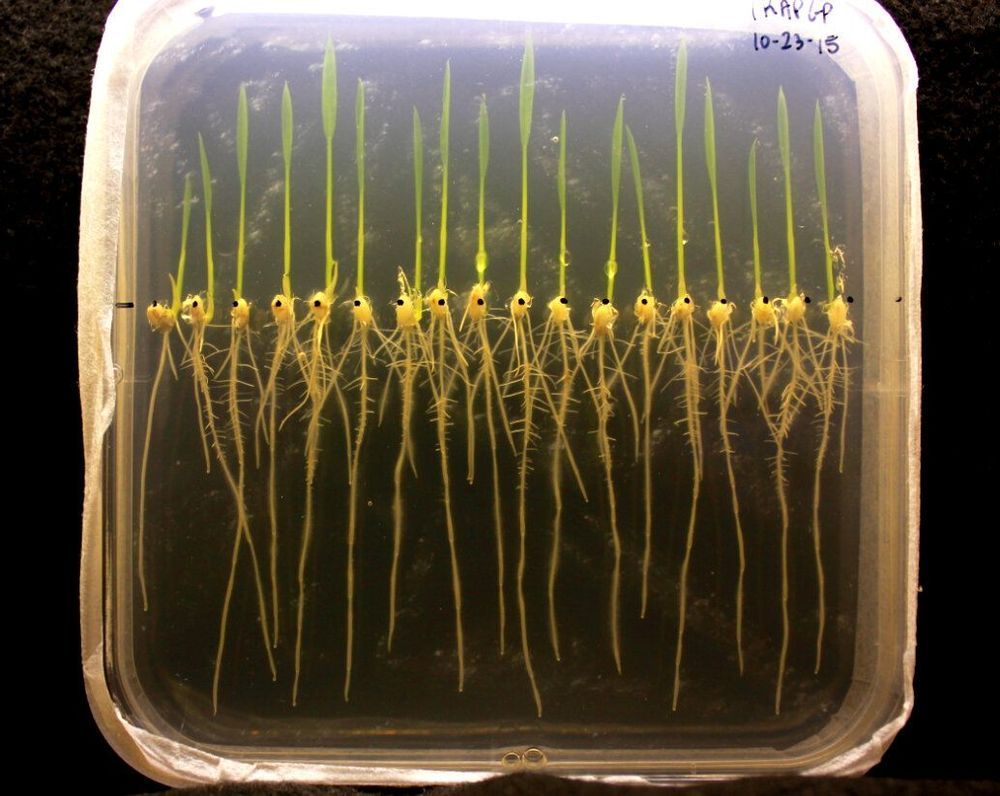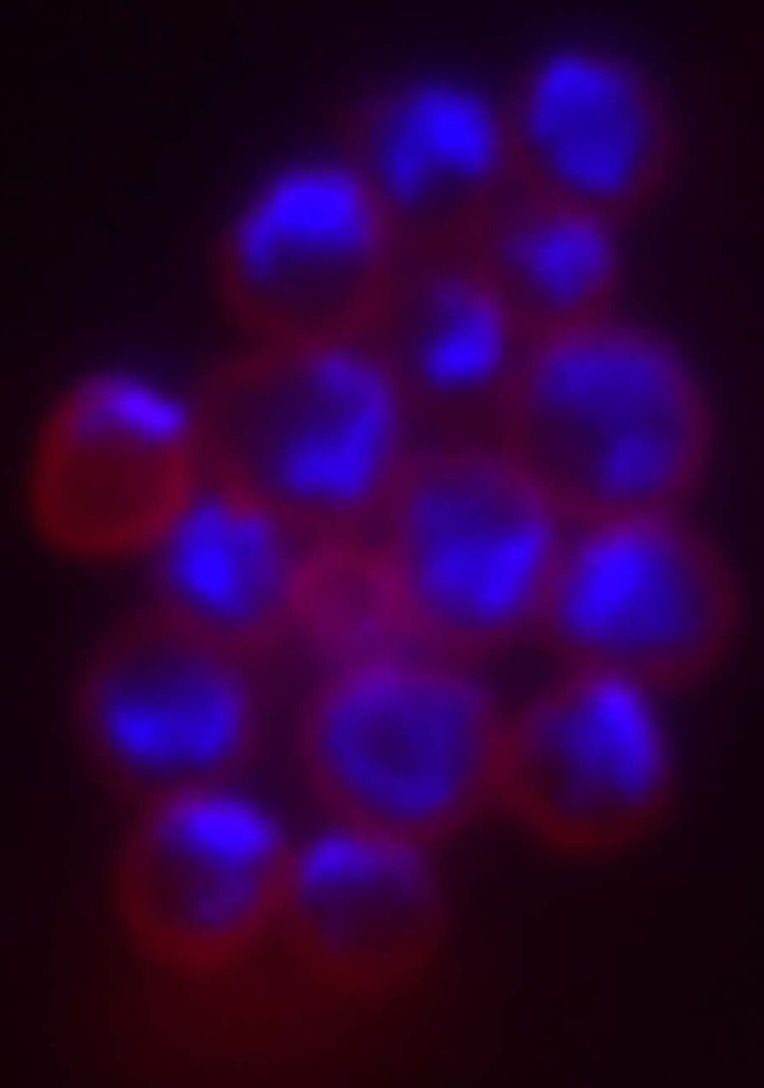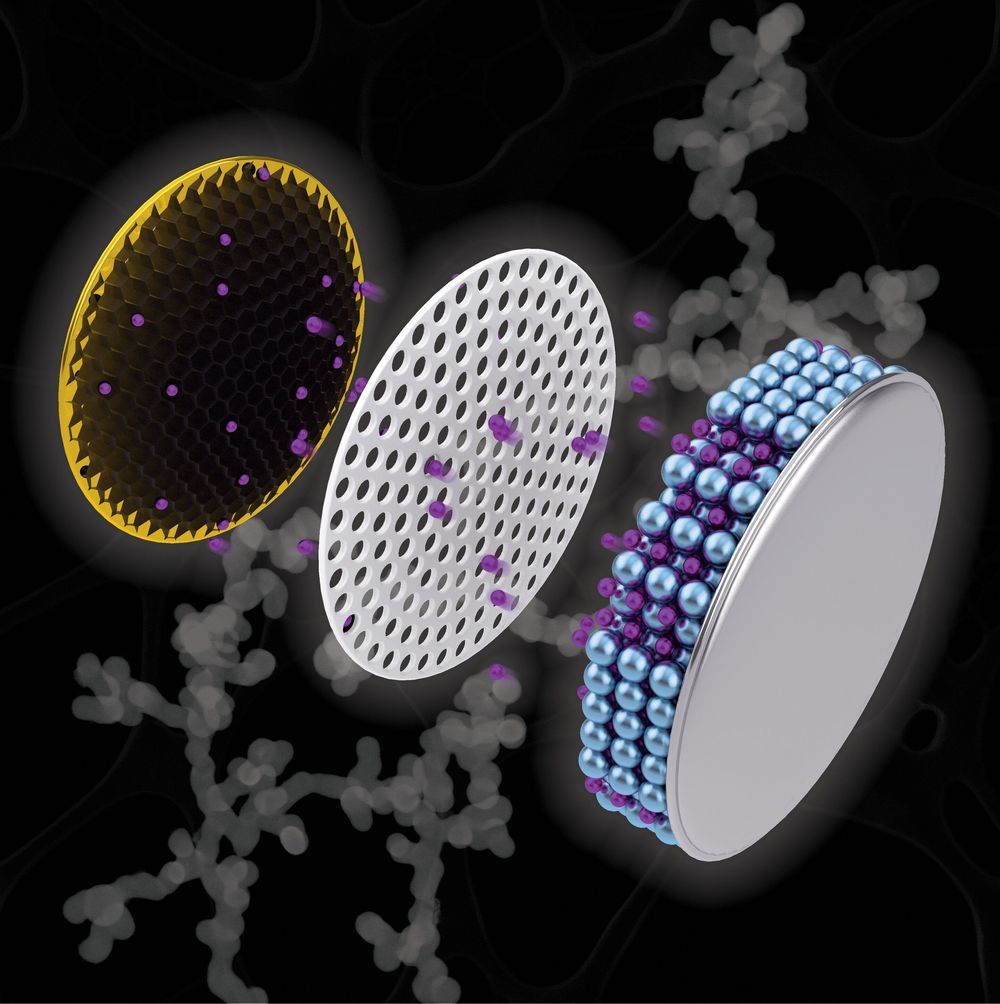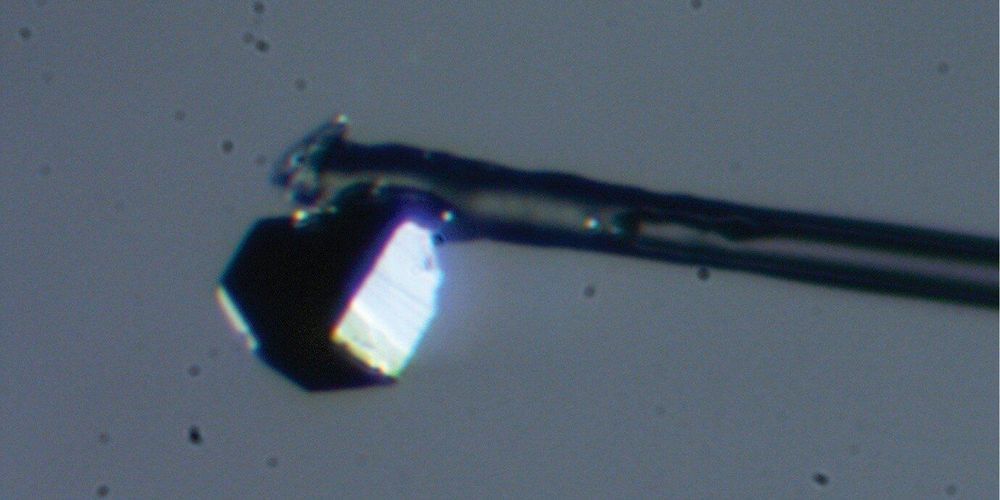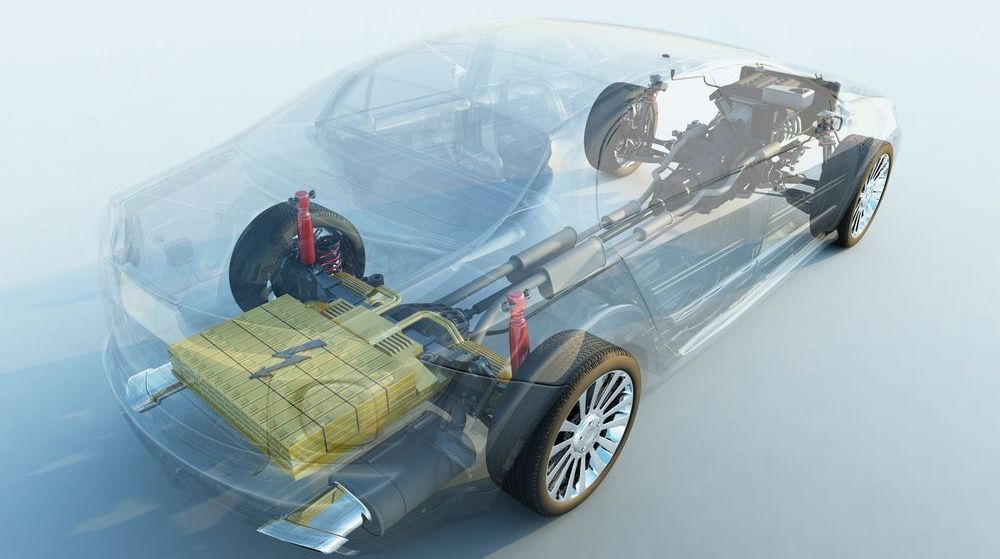Sep 19, 2019
Grains in the rain: New study opens the door to flood resistant crops
Posted by Saúl Morales Rodriguéz in category: food
Of the major food crops, only rice is currently able to survive flooding. Thanks to new research, that could soon change—good news for a world in which rains are increasing in both frequency and intensity.
The research, newly published in Science, studied how other crops compare to rice when submerged in water. It found that the plants—a wild-growing tomato, a tomato used for farming and a plant similar to alfalfa—all share at least 68 families of genes in common that are activated in response to flooding.
Rice was domesticated from wild species that grew in tropical regions, where it adapted to endure monsoons and waterlogging. Some of the genes involved in that adaptation exist in the other plants but have not evolved to switch on when the roots are being flooded.
